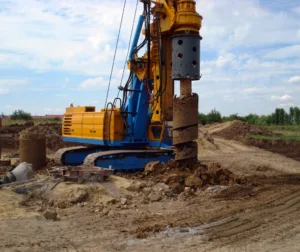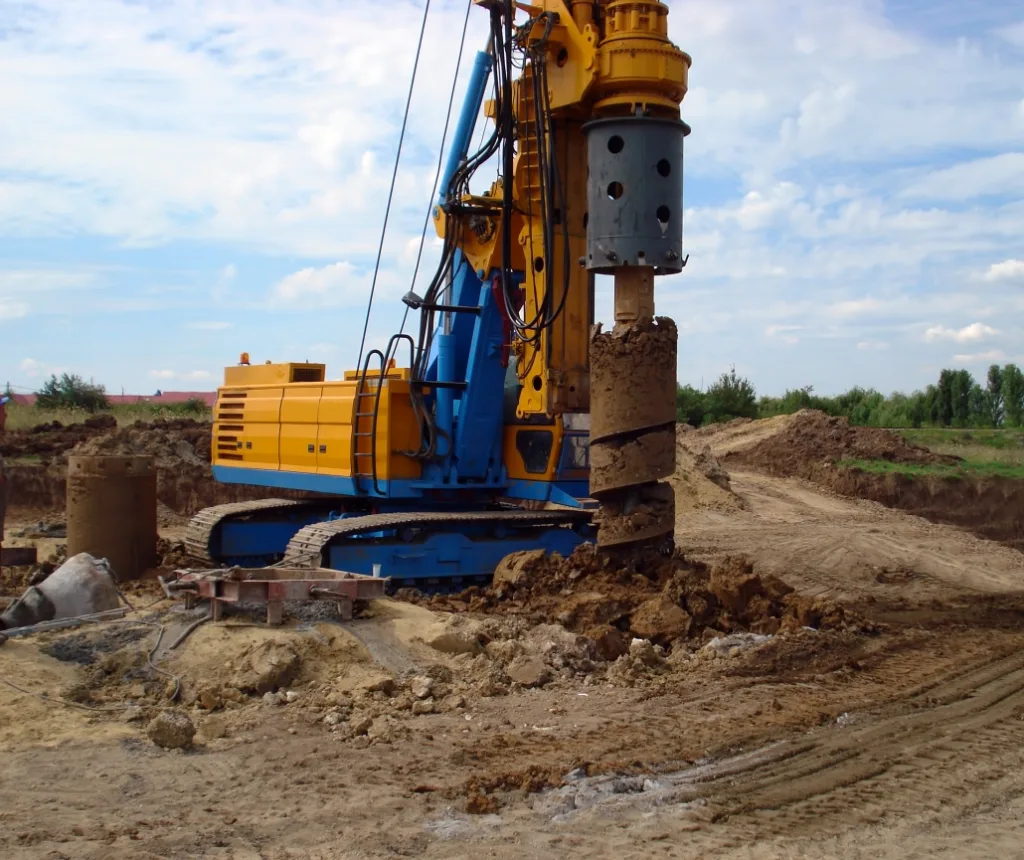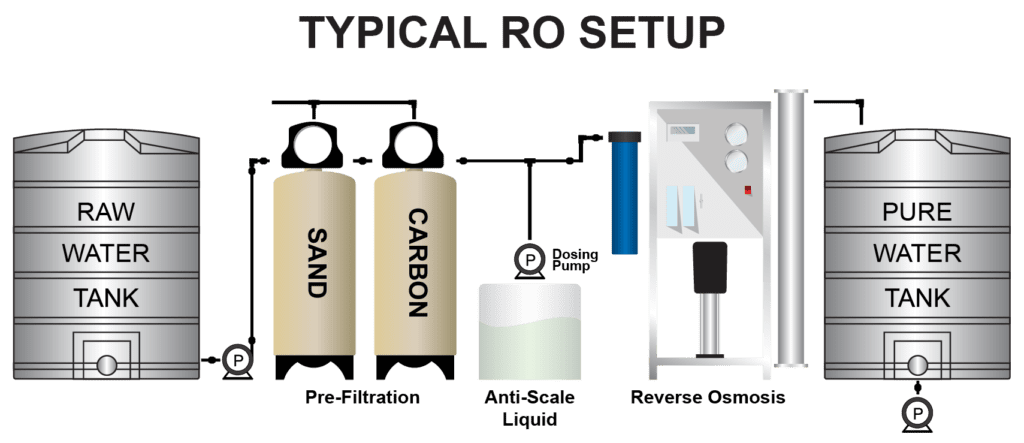Currently Empty: R0.00
Borehole Water Treatment
- Home
- Borehole Water Treatment
BOREHOLE WATER
Borehole Water Purification for Household & Industrial Purposes
A Comprehensive Guide
Access to clean and safe drinking water is essential for maintaining health and well-being, especially in households relying on borehole water as a primary water source. Borehole water, while often free from contaminants found in surface water, can still contain impurities that pose health risks if left untreated. We will explore the process of borehole water purification for household use, including step-by-step procedures to ensure the water is safe for consumption.

Understanding Borehole Water Contaminants
Before delving into the purification process, it’s essential to understand the potential contaminants that may be present in borehole water. These contaminants can vary depending on geological factors, land use practices, and proximity to sources of pollution. Common contaminants found in borehole water include bacteria, viruses, nitrates, heavy metals, pesticides, and dissolved minerals like iron and manganese.
Step-by-Step Borehole Water Purification Process:
Step 1: Water Testing
The first step in purifying borehole water is to conduct a comprehensive water test to identify the specific contaminants present. This can be done by sending a water sample to a laboratory for analysis. Testing should cover parameters such as pH, turbidity, microbial contamination, and levels of common contaminants.
Step 2: Choose the Right Treatment Method
Filtration
It is an effective method for removing sediment, suspended solids, and larger particles from borehole water. Install a sediment filter at the point where water enters the household plumbing system to trap these impurities. Sediment filters are typically made of porous materials like glass, sand, gravel, or pleated polyester.
Disinfection
Borehole water may contain harmful bacteria, viruses, and other pathogens that can cause waterborne diseases. Disinfection is essential to kill these microorganisms and ensure the water is safe for consumption. Common methods of disinfection include chlorination, UV sterilization, and ozonation. Chlorination involves adding chlorine bleach or chlorine tablets to the water to kill bacteria and viruses. UV sterilization utilizes ultraviolet light to disinfect water by disrupting the DNA of microorganisms. Ozone treatment oxidizes and destroys pathogens present in the water.
Reverse Osmosis
For Borehole water with high levels of dissolved minerals or contaminants like nitrates, arsenic, or fluoride, reverse osmosis (RO) filtration may be necessary. RO systems use a semi-permeable membrane to remove dissolved solids, contaminants, and impurities from water, producing clean, purified water. While not always required, RO filtration can provide an additional layer of purification for households with specific water quality concerns.
pH Adjustment (Optional)
In some cases, borehole water may have an unbalanced pH level, which can affect its taste and corrosiveness. pH adjustment may be necessary to bring the water to a neutral or optimal pH range. This can be achieved using pH adjustment chemicals or specialized filters designed to stabilize pH levels.
Step 3: Install the Borehole Treatment System
Once the right treatment method has been chosen, the next step is to install the treatment system. This can be done by a professional water treatment company. The treatment system will need to be connected to the borehole and to the water supply in your home or building.
Step 4: Regular Maintenance
Once the borehole water purification system is installed, regular maintenance is crucial to ensure its effectiveness and longevity. This includes replacing filters, monitoring disinfection levels, and scheduling periodic water tests to assess water quality and identify any emerging issues.
What is borehole water?
Borehole water, also known as groundwater, is water that is obtained from underground sources through the process of drilling a borehole or well into the earth’s surface. Unlike surface water sources such as rivers, lakes, or reservoirs, which are exposed to the elements and subject to contamination from pollutants, borehole water is sourced from aquifers, which are layers of permeable rock or soil that contain water.
Borehole water is often considered a reliable and sustainable source of water, particularly in areas where surface water sources may be scarce or subject to contamination. It is commonly used for domestic, agricultural, and industrial purposes, providing a clean and accessible water supply for drinking, irrigation, livestock watering, and other uses.

Benefits of a Borehole
- Having your own private water supply with full control over your water usage
- Huge cost savings. Borehole water is free of charge. This enables you to save monthly on high water bills from your local municipality
- No water cuts / disruptions or consumption penalties
- Add value to your property
- Water clean of chemicals
Investing in Borehole Water
Reasons why you need to drill a borehole
Most people are looking for a much more affordable way to have water in their homes as having municipal water can be unreasonably costly.
Drilling a borehole can be costly but can offer a lifetime of cost savings. There are so many borehole drilling companies Johannesburg who offer drilling services but luckily Puritech offers affordable and competitive prices.
Drilling a borehole does not mean you will always find water. There are dry wells that have been found through borehole drilling. Sometimes when you find water, the streams can run dry. Hence one will have to find the best among all other borehole drilling companies Johannesburg.
Key elements to successfully drilling a viable borehole are as follows
Due Diligence with Drill Point Surveying: Borehole drillers conduct thorough surveys to identify suitable drill points. Various techniques are employed to assess factors such as geological conditions, aquifer depth, and potential water yield. This step is critical for selecting optimal drilling locations.
Accurate Drill Set Up and Tempo: It’s not enough to simply locate a potential drill site. Experienced drill rig operators are essential for accurate setup and maintaining the correct drilling tempo. This ensures stable and straight boreholes, increasing the likelihood of success.
Proper Borehole Construction: Supervision by a drilling expert is crucial during borehole construction. Proper casing installation, perforation, and depth are vital factors that influence the success rate. Ensuring adherence to safety protocols and construction standards is essential for a successful borehole.
An Investment Worthwhile
Apart from borehole water treatment, there are many reasons why residential homeowners choose to invest in borehole drilling on their properties. When you own your water supply, you own your destiny. With a borehole you say goodbye to frustrating water cuts, municipal disruptions and water rationing during times of drought!
With a borehole on your property, you will save money every day. Water independence from municipal sources is another big reason behind boreholes’ popularity in South Africa.
In most areas throughout South Africa, there are no local water authority restrictions on the use of groundwater for domestic use. Some areas underlain by dolomitic lithologies however, do feature restrictions – Irene for example
When you invest in a borehole for your property, it also allows you to enjoy cultivating a beautiful garden for less, and also keep the garden beautifully green and luscious in a Drought.
Boreholes also offer greater water security and add tangible value to your property.

In general, a water with a pH < 7 is considered acidic and with a pH > 7 is considered basic. The normal range for pH in surface water systems is 6.5 to 8.5 and for groundwater systems 6 to 8.5. Alkalinity is a measure of the capacity of the water to resists a change in pH that would tend to make the water more acidic. The measurement of alkalinity and pH is needed to determine the corrosivity of the water.
Total Dissolved Solids (TDS)
A total dissolved solid (TDS) is a measure of the combined total of organic and inorganic substances contained in a liquid. This includes anything present in water other than the pure H20 molecules. These solids are primarily minerals, salts and organic matter that can be a general indicator of water quality. High TDS generally indicate hard water, which can cause scale build up in pipes and appliances. Scale buildup reduces performance and adds system maintenance costs.
The use of Reverse Osmosis is a proven solution to reducing the level of dissolved solids in borehole water.
Total Hardness In Water
When it comes to borehole water treatment, hard water interferes with almost every cleaning task from laundering and dishwashing to bathing and personal grooming. Clothes laundered in hard water may look dingy and feel harsh and scratchy. Dishes and glasses may be spotted when dry. Hard water may cause a film on glass shower doors, shower walls, bathtubs, sinks, faucets, etc. Hair washed in hard water may feel sticky and look dull. Deposits may reduce water flow in pipes.
Dealing with hard water problems in the home can be a nuisance. The amount of hard minerals in water affects the amount of soap and detergent necessary for cleaning. Soap used in hard water combines with the minerals to form sticky soap curd. Some synthetic detergents are less effective in hard water because the active ingredient is partially inactivated by hardness, even though it stays dissolved. Bathing with soap in hard water leaves a film of sticky soap curd on the skin. The film may prevent the removal of soil and bacteria. Soap curd interferes with the return of skin to its normal, slightly acidic condition, and may lead to irritation. Soap curd on hair may make it dull, lifeless, and difficult to manage.
Effects of Hard Water
Damaged Appliances
Precipitation of minerals that form rock-hard deposits also known as limescale causes scaling on pipes, drains, and faucets.
Hard water deposits can be found in plumbing, water heaters, dishwashers, and washing machines, wasting energy and causing early failure of all water-using appliances.
Additional Expenses
Mineral deposits that collect on the inside of pipes cause plumbing to work harder which can lead to higher water bills.
Clothes that are frequently washed in hard water will fade faster than clothes washed in softer water. Many notice a lack of suds in their soap, requiring more detergent or soap for laundry, dishwashers, shampooing, and bathing.
Scale Buildup
Unsightly white buildup around your faucets and fixtures is hard to remove, and you will start to notice discoloration in the bathtubs, showers, and toilets.
The combination of soap and hard water forms “soap scum” that can’t be rinsed off, leaving unsightly spots and deposits on bathtubs, dishes, glassware, and shower doors.
Dry Skin & Hair
Body soap and hard water together cause the formation of scum known as “curds.” This occurs when calcium and magnesium form insoluble salts, remaining on the skin even after thoroughly rinsing.
Frequent showering in hard water can cause dryness, rashes, and irritation of the skin which can lead to premature aging. Hard water has a similar effect on your hair, causing rough and tangled hair.
How to Treat Hard Water
If your home has hard water, the easiest hard water treatment solution is a water softener. With a water softener system, hard water passes through the filter which contains negatively charged resin beads that attract and filter out high levels of minerals from the water, specifically calcium and magnesium. Then, the newly softened water goes through the filter and into your home.
Borehole Water Treatment
As portable water continues to be scarce and more expensive globally due to droughts and global warming, underground water, and borehole sinking have come out to be the best alternative. So to address small community drinking water needs where available water quality does not comply with current World Health Organisation (WHO) recommendations.
There’s a need to treat borehole water by removing unhealthy contaminants such as coliform, ecoli, fluoride, iron, arsenic, salt, hardness, and color from water.
Below Is A Sketch Of A Basic Borehole Water Treatment Plant Flow Chart

Conclusion:
The proper treatment of borehole water is essential to optimize its quality and safety for consumption. By understanding the possible contaminants and employing appropriate treatment methods, such as filtration, disinfection, and mineral removal, borehole water can be transformed into a valuable source of clean, safe water. Remember, regular maintenance and testing are vital to the ongoing efficacy of the treatment systems. Once you get your borehole water sample tested, contact our sales representatives on our landline (012 657 1010) line for assistance with giving you a proper solution and quote.



